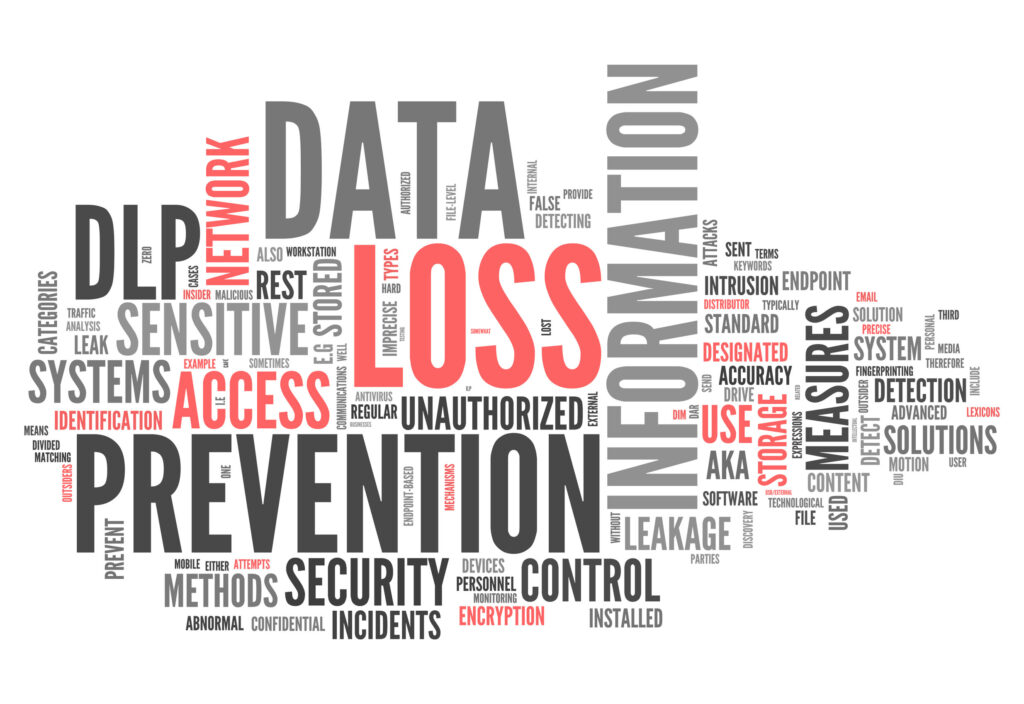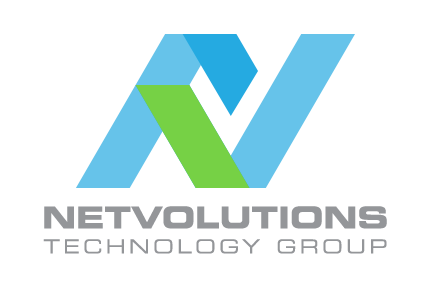
As with any technology there are advantages and disadvantages of cloud computing. Most small businesses today combine a mix of cloud and on premise computing. Netvolutions Technology Group partners with small businesses and provides the solution that works best for them. Therefore, we take an unbiased view of the cloud.
Scaling is an important factor when considering whether or not to move to the cloud
I would encourage the reader to embrace Socrates’ philosophy Temet nosce ‘Know thyself’ or in this case know your business. If you have a clear target market and a solid direction for your business, the process of choosing whether or not to go virtual is much easier.
Hosting Cost
I placed cost first because it often drives decision making. Money should not be the key factor in these decisions, but facts are what they are. Cost is a challenging factor to nail down in hosted computing due to the variables to be considered. The concept of cloud computing is consumption based computing. The more you use and the higher the expectation on reliability, the bigger the bill.
It is analogous to saying I want to buy a car. If you want a base model Toyota Yaris it will be significantly cheaper than a fully loaded Lamborghini Huracan. To reiterate, if you are basing your decision on solely cost you may be doing your business a disservice. However, if costs is the only factor that really matters, you should get bids on both cloud and on- premise solutions and factor it with the Total Cost of Ownership over at least a 3 year period of time. Weigh carefully the cost of doing business in 2021 before moving in either direction!
Overhead
Overhead would be the cost of hardware, maintenance and personnel. Infrastructure costs are reduced – drastically in some cases. For a larger business it may be worthwhile to see if co-locating your network is a viable option as an on-premise option. In most major cities there are options to host your company’s hardware in a co-location facility. If you have to downsize because of unforeseen circumstances (consider Covid19), you may have a large bill for hardware that still has to be paid potentially without the revenue to manage it. A well established business has more static requirements and may not benefit as much from a cloud platform. From an overhead position I tend to favor an on-premise choice.
Business Continuity

Business Continuity is a clear benefit to cloud computing. Business Continuity blends disaster recovery, high availability and dynamic scalability with the business’ uptime requirements. For example, if your business would not be severely impacted by an evening outage your need for high availability would be lessened. The advantages and disadvantages of cloud computing for businesses that can or cannot afford downtime should be measured closely. Businesses that have critical business continuity requirements, the cloud is almost impossible to beat. For business that can absorb some downtime this will not be as much of a factor. The implementation of Business Continuity will be directly proportional to the cost of operation.
Scaling
Scaling is an important factor when considering whether or not to move to the cloud. The strength of cloud in the area of scaling is the ability to scale down if a business experiences a momentary downturn. And scaling can be set to occur dynamically in a cloud environment. If you need to do a Proof of Concept on a new business model or a new product, scaling is a way of introducing a new infrastructure into your existing network or a new network altogether. A franchise model can easily be reproduced and deployed anywhere in the world very quickly.
Changes in Terms of Service
When systems are kept onsite the Terms of Service (TOS) regarding hosted systems becomes less relevant. But the world of technology is a rapidly changing environment. Your data and apps are yours. However, how they are accessed, managed and paid for is managed by third parties. Onsite systems are not immune to TOS changes, but they are less binding when the business controls whether or not to make an upgrade or change.
Options
Human beings love options. This will definitely swing in favor of the cloud. Take for example the case of file sharing inside and outside your business. With an on premise selection you have three or four solid, securable options. With the cloud you can square or even cube the number of options. This goes hand-in-hand with scalability.
Internet Reliability
It is important to consider the reliability of the Internet when deciding whether or not to move to a cloud-based system. If you have poor Internet quality in your area cloud computing will quickly become a morale thief among your staff. It is advisable to use two circuit types (e.g. fiber & cable) or more in tandem to provide a reliable Internet connection. However, if you have only one or two choices of providers getting fiber and cable may only frustrate you. You’ll pay for two circuits the provider goes offline. Although it is uncommon for circuits to drop for extended periods of time, it does happen. Prepare for the worst, pray for the best!
Data Loss and Data Leakage

Data Loss Prevention or DLP relates to the intellectual property of the business in question. If you are like most businesses today you allow some level of BYOD (Bring Your Own Device). If your employees have access to your business’ intellectual property or CRM from their own personal devices that are not monitored by your IT provider, you allow the employee to misuse your data and your trust. You may also be opening up yourself to malware intrusions by an under protected personal computer. Check out my blog on Ransomware for some tips as well.
This item falls on the neutral side of the discussion as both of these options should be addressed and can be addressed similarly and for a similar budget from either angle. But make this a consideration in this highly competitive
Performance
System performance is closely tied to scaling. If your business is impacted by seasonal changes the cloud should be considered. Your business can add one, two or even five hundred servers on demand for a peak season. At the end of the season they can safely be removed and the costs associated with them goes away too. If your performance is fairly static and you are not anticipating growth over the next three years, you may consider staying with an on-premise system.
Key Takeaway
Today, virtually every small and medium size business leverages the cloud for some aspect of its business. The advantages and disadvantage of cloud computing should be weighed against your particular business! Weigh the costs and benefits of both. Then consult a technology professional that has your best interest in mind. Not just a desire to sell one product or another.
If you have questions or comments be sure to leave a comment
Netvolutions Technology Group is an Independent Technology Firm located in Southern California. They are dedicated to the specific technology and security needs of the Small and Medium Size Business community.


Recent Comments